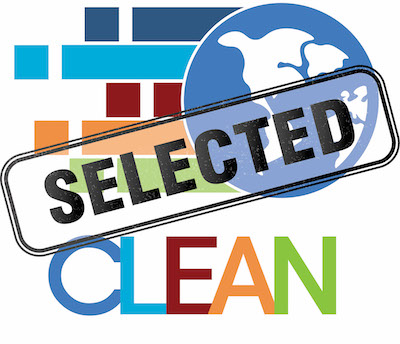“With 16 percent of the country’s landmass and less than 0.3 percent of its population, Alaska’s unique geography has driven development of its energy supply infrastructure — power plants, power lines, natural gas pipelines, bulk fuel tank farms and related facilities… The Railbelt electrical grid stretches from Fairbanks through Anchorage to the Kenai Peninsula [a distance of about 600 miles] and provides roughly 79 percent of the state’s electrical energy….” (Renewable Energy Atlas of Alaska, pp. 2-5).
Electricity is an incredibly efficient mover of energy over long distances, but it is not a renewable or nonrenewable energy resource itself. This means it requires a primary source of energy such as coal, natural gas, diesel, solar, or hydropower to generate the force applied to the electrons to move through wires, which occurs at power plants. The electricity then travels through wires to a transformer that is responsible for increasing the voltage. Higher voltage electricity can travel long distances through transmission lines without losing as much energy along the way. The interconnected network of wires and equipment the electricity must travel through before arriving to your home or school is called the electric grid. Before the electricity can enter your home, however, it must have the voltage decreased. This takes place at local substations before traveling on through distribution lines. Voltage is then decreased one last time at neighborhood transformers. Each home on the grid is equipped with an electric meter to measure electricity use. The utility company uses the meter to track how much electricity is used to bill each month.
For Alaskans this process can look different based on the location of their community. Some Alaskans are on the Railbelt electric grid, while many rural remote Alaskan communities rely on stand-alone microgrids.
Most Alaskan residents use the most energy in their lives to heat their home (as opposed to using electricity or transportation). Buildings are heated through a variety of ways such as a furnace, boiler, fireplace, or Toyo (oil) stove. The fuel to power the heating system must also be transported, such as on pipes and in trucks, to get to where it is used. It takes energy to extract and transport fuels, and not all energy can be captured when the fuel is burned. Understanding how energy moves to and through a school and/or home can identify areas for efficiency and build appreciation for the energy systems and infrastructure critical for communities. Most rural communities got electricity much later in Alaska than the hub communities, and students can build upon that local knowledge of resource use to consider and compare past and present energy use.
This lesson will explore what energy supply infrastructures keep the school running, what energy resources are currently being used by the community and encourages students to be curious about what energy resources, specific to their location, could be considered/viable for future use.
